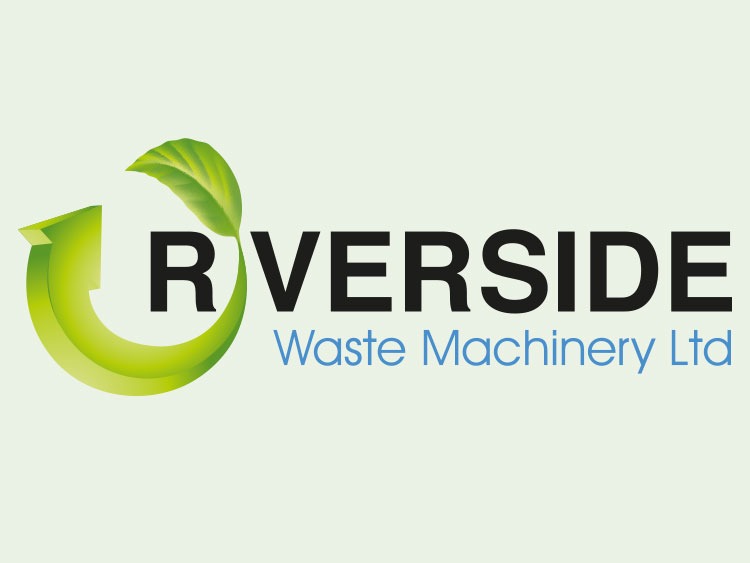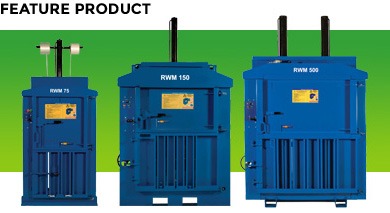As tempting as it may be in a recession to ignore EU landfill diversion initiatives while we struggle for economic stability, the current unprecedented pressures on the Government and waste management industry to find alternative solutions for utilising waste, are not about to disappear.
It is now more than ten years since the EU Landfill Directive brought in tough new requirements to reduce the amount of biodegradable municipal waste being sent to landfill. Driven by the need to minimise landscape blight and the pollution of surface water, soil and air, the directive set mandatory targets for the UK to cut landfill volumes or face hefty fines.
But while there is optimism that deadlines will be met, there is concern that the UK’s overall approach to waste management is trailing behind continental Europe, which already has 429 Energy from Waste (EfW) plants operating within a £2.7bn market (according to research agency Frost & Sullivan).
I read last year that the UK for a population of 60.5 million has only 24 EfW plants, for example, whereas environmentally conscious Denmark has 32 plants for a population of five million. A survey by international legal practice Norton Rose also revealed that more than two thirds (69%) of senior waste sector stakeholders believe the UK will miss the 2013 target.
But there is still chance to catch up. The fact that France and Germany, who have the most plants, have already been able to meet their EU targets is clear indication that it can be done, providing the UK embraces innovative waste processing technologies in the same way.
Encouragingly, there are signs that this is beginning to happen. The concept of Refuse Derived Fuel (RDF) is not new, yet the buzz around ever more revolutionary ways to process RDF substances was both tangible and unparalleled at last year’s UK waste management events.
More and more companies are now looking for efficient and cost-effective alternative solutions for utilising waste, and companies that supply advanced and innovative technologies are now beginning to see an increase in demand. Since unveiling a revolutionary new concept for the processing of RDF substances last September, we are personally quoting for £17m worth of new shredding technology and such positive interest is unbelievably encouraging.
Advanced RDF processing methods, which shred and dehydrate municipal waste to produce a combustible pellet, are without doubt the way forward. By first recovering recyclable materials, extracting and cleaning heavy metals and removing organics for composting along the way, a product is eventually created that can be incinerated in power stations. Waste will have passed through a rigorous size reduction process to ensure a homogenous material in terms of size and calorific value –specific to the requirements of the end user – which will release a uniform quantity of heat once burned. And once burnt for energy, any such waste used to make RDF can be counted towards landfill diversion targets.
The heightened interest at industry events throughout 2009 must be read as a call to action, because there are still barriers to be overcome – not least of which is cost. RDF is currently caught in a classic supply and demand scenario: without sufficient RDF in the UK to make it a viable alternative to fossil fuels, it remains at a premium, and for as long as it is higher in cost and there are less ‘incentives’ for companies to go down the green route, demand remains low.
The responsibility perhaps therefore lies with the government and with us in the waste transfer industry generally to feed demand for RDF, by educating the population from the bottom up and promoting the benefits of advanced technologies to every business and householder in the UK.
The truth is perhaps that many members of the public still labour under the misconception that EfW plants actually add to pollution problems. This belief is borne partly out of a general lack of confidence in the waste management industry’s ability to manage the sorting and recycling of waste effectively. It’s also, in part, the legacy of well documented municipal waste incineration pollution in the 1970s.
There is therefore work to be done in building a new positivity about the modern-day reality of scientific and systematic processes that ensure removal of harmful pollutants render RDF a comparatively clean and safe energy source. By its very nature waste is varied and diverse but technology now exists to ensure heterogeneity does not pose a problem.
Market opportunities for EfW plants certainly exist but funding clearly remains an issue, perhaps because many doubt the long-term competitive advantage of new waste technologies. As we look forward to Futuresource in June we must therefore concentrate on proving the quality assurance and benefits that we claim are associated with more revolutionary solutions.
It has been quoted that more than half (56%) of Denmark’s community and domestic energy requirement comes from RDF, making it the highest RDF producer and user in Europe. But as abbreviations such as RDF, MSW, SRF, EfW and WTE are also on everyone’s lips in the UK, it’s now time for us to similarly translate today’s rubbish into tomorrow’s fuel. RDF is not a panacea, but it is without doubt a giant step in the right direction.






